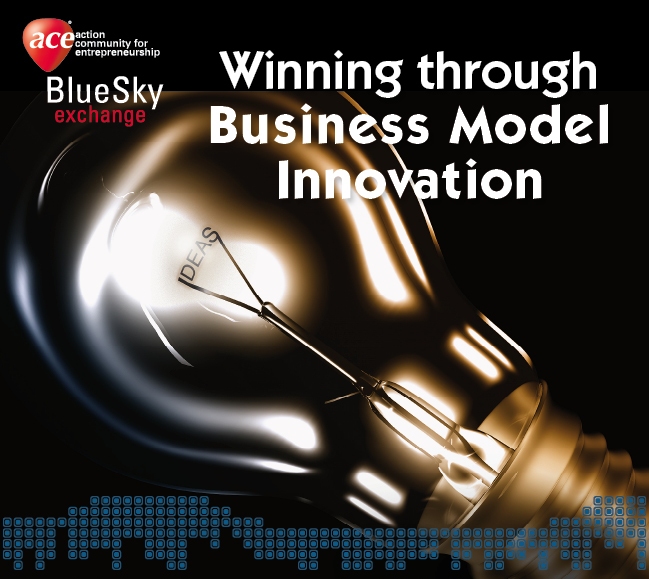 With so many advances being made today concerning the nature of commerce and how it has been conducted electronically over the past decade, one cannot ignore, but be aware of the ground being covered by smartphones and their capability to facilitate mobile payments. The technology that has enabled the likes of Starbucks and MasterCard to familiarize customers with this convenient form of payment is known as NFC (Near Field Communication). It is a form of “contactless” exchange of information via radio frequency identification transponder (RFID). Although some businesses have used forms of mobile payments in the past, the setback is that they have been unique to their establishment as for instance the Starbucks mobile payment application. NFC however, strives to create an industry-wide standard that can be used at any type of store. In order for NFC to be mainstream, devices (with smartphones being the preferred choice according to MasterCard) will be equipped with an NFC chip and also POS (Point-of-Sale) equipments/readers. With your bank account details synchronized to your smartphone, you can easily make a transaction. So a typical transaction can be placed simply by holding up your smartphone to the reader and immediately, funds will be transferred from your account to that of the merchant’s. For security purposes, a pin will have to be keyed in to curb unauthorized transactions.
With so many advances being made today concerning the nature of commerce and how it has been conducted electronically over the past decade, one cannot ignore, but be aware of the ground being covered by smartphones and their capability to facilitate mobile payments. The technology that has enabled the likes of Starbucks and MasterCard to familiarize customers with this convenient form of payment is known as NFC (Near Field Communication). It is a form of “contactless” exchange of information via radio frequency identification transponder (RFID). Although some businesses have used forms of mobile payments in the past, the setback is that they have been unique to their establishment as for instance the Starbucks mobile payment application. NFC however, strives to create an industry-wide standard that can be used at any type of store. In order for NFC to be mainstream, devices (with smartphones being the preferred choice according to MasterCard) will be equipped with an NFC chip and also POS (Point-of-Sale) equipments/readers. With your bank account details synchronized to your smartphone, you can easily make a transaction. So a typical transaction can be placed simply by holding up your smartphone to the reader and immediately, funds will be transferred from your account to that of the merchant’s. For security purposes, a pin will have to be keyed in to curb unauthorized transactions.  It costs $2 to manufacture an NFC chip and can be practically attached to almost anything (MasterCard experimented with bags, watches, and even keys!) Google in conjunction with Samsung recently launched an NFC capable phone in the US last December 2010 known as the Samsung Google Nexus S. Amongst being a convenient and fast form of mobile payment, NFC capable phones can also aid businesses in promoting their services or products. For instance, a small restaurant business can transfer discount vouchers to customers so as to command greater patronage. You do not have to walk in with a coupon next time, it’s already stored securely on your phone. An application is out now called Enable Table that only run on NFC capable phones that will allow businesses to enjoy this benefit. Imagine the dollar savings from having not to print coupons and distribute flyers. In today’s digital world, I see a lot of prospects for even big businesses.
It costs $2 to manufacture an NFC chip and can be practically attached to almost anything (MasterCard experimented with bags, watches, and even keys!) Google in conjunction with Samsung recently launched an NFC capable phone in the US last December 2010 known as the Samsung Google Nexus S. Amongst being a convenient and fast form of mobile payment, NFC capable phones can also aid businesses in promoting their services or products. For instance, a small restaurant business can transfer discount vouchers to customers so as to command greater patronage. You do not have to walk in with a coupon next time, it’s already stored securely on your phone. An application is out now called Enable Table that only run on NFC capable phones that will allow businesses to enjoy this benefit. Imagine the dollar savings from having not to print coupons and distribute flyers. In today’s digital world, I see a lot of prospects for even big businesses.Even still with Google, Samsung, MasterCard, Apple and major giant corporations spearheading NFC campaigns, people still doubt, questioning the security of this technology. Experiments are underway in Japan to begin testing the NFC technology. I bet the same people had reservations when the idea of carrying money on a plastic card got introduced. Today, debit/credit cards are accepted almost everywhere and around the world. If you still think this is rocket science, trust me you will be left out. The Starbucks’ mobile payment application is going to be viral and other businesses will be inclined to follow suit, paving the way for an industry standard NFC mobile payment solution. If you are very concerned about using forms of mobile payments, the Better Business Bureau has put together tips that can help in adopting this type of technology advancement. Time’s changing and so is technology and e-commerce!
Videos showing capabilities of NFC
NFC transaction
A video of Enable Table
A video of Taglet





